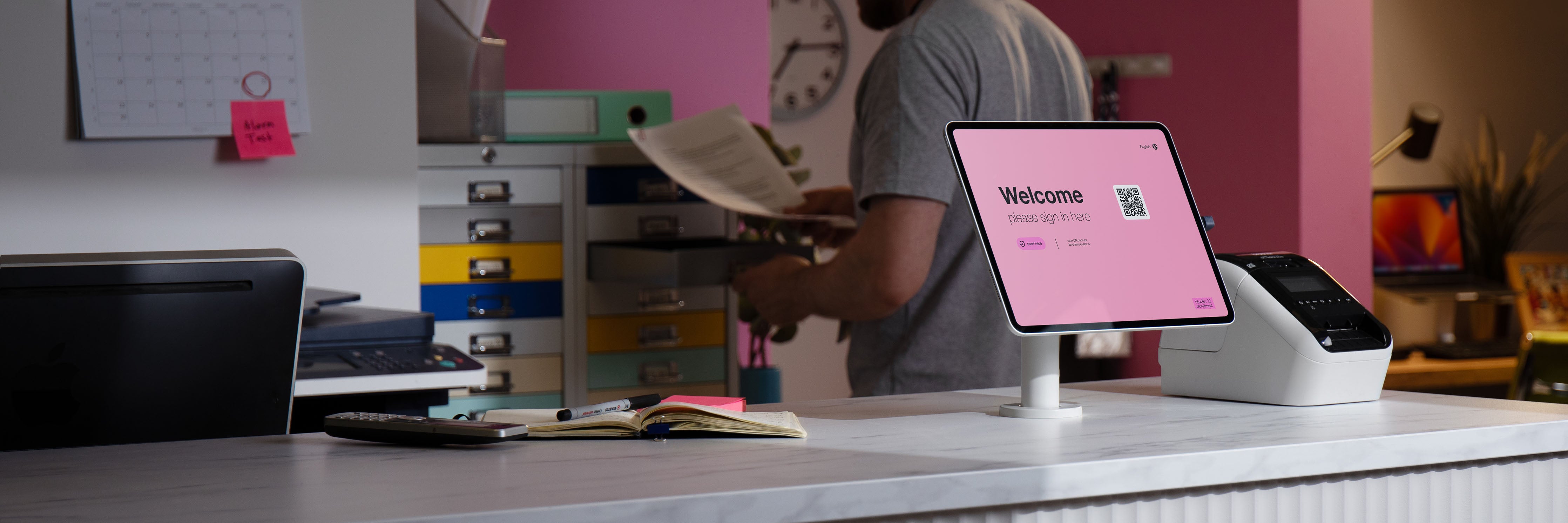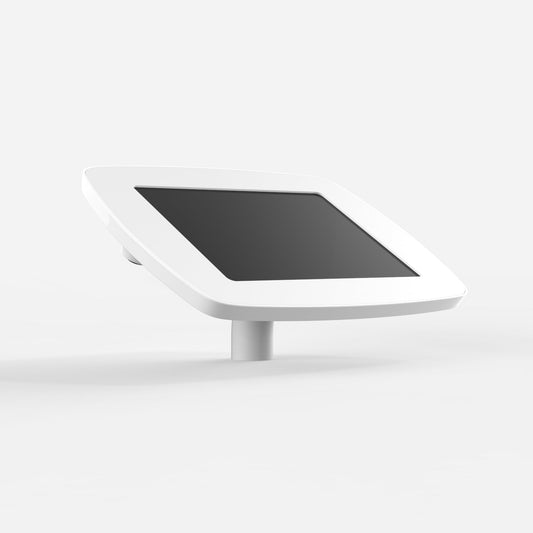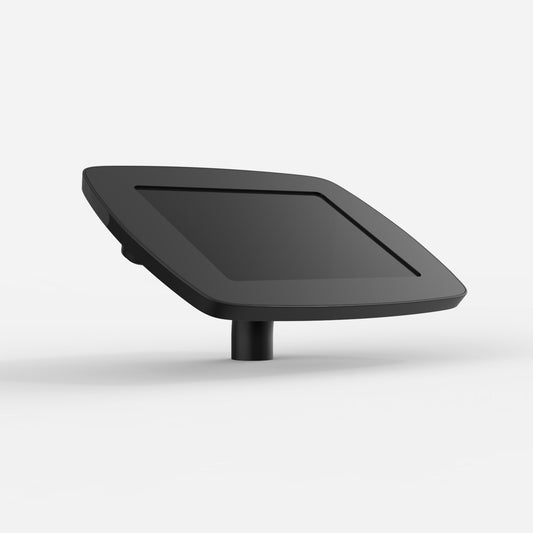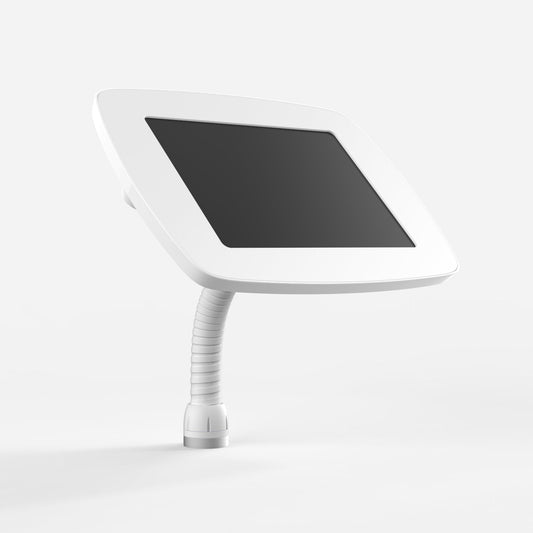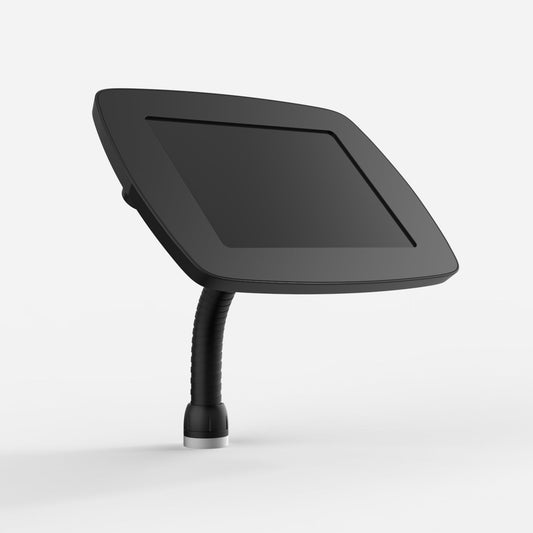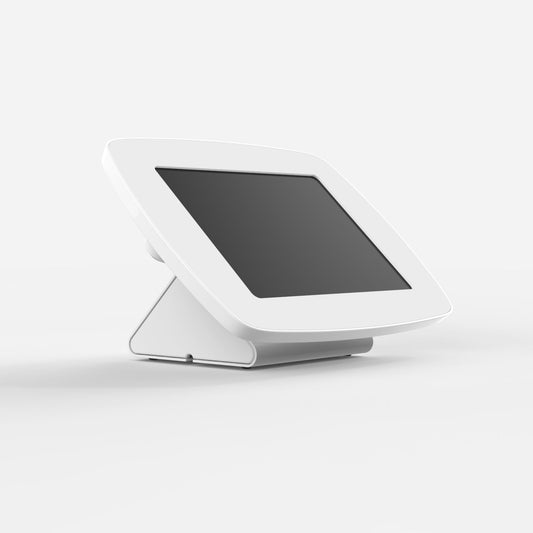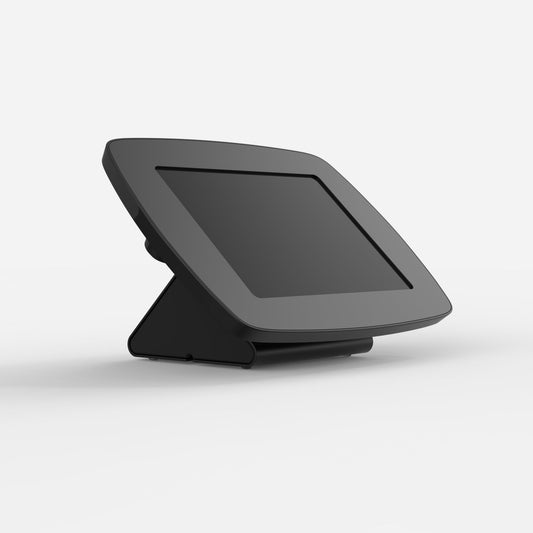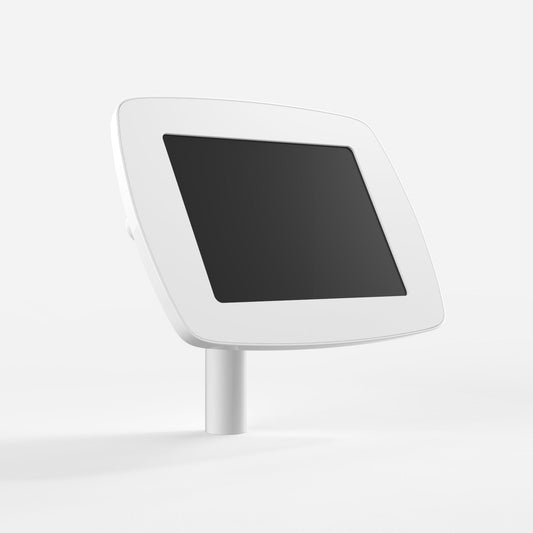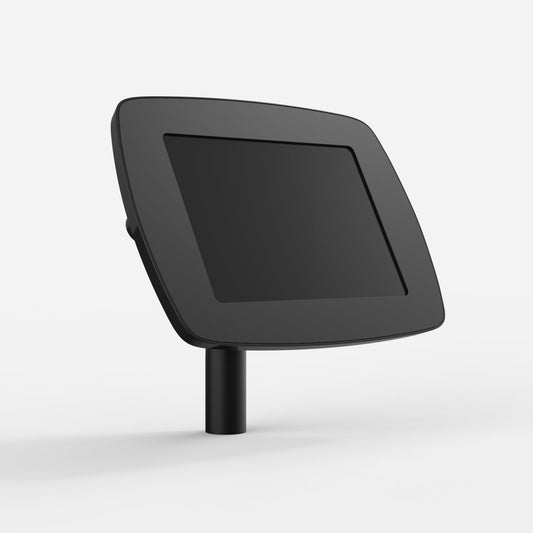Are you preparing to use tablets in a public environment, but need a simple solution to prevent app switching or settings access so that users can fully focus on your content? We’ve gathered together some frequently asked questions to help you along the way. See below for our easy guide to securely setting up an iPad, Android or Windows device as a kiosk:
Security settings for iPads:
How can I lock down my iPad into just one app?
Designed with security in mind, Apple’s iOS 11 enables the use of ‘Guided Access’. The feature allows you to control and limit the use of the device to just one app of your choice. Found in the iPad’s general settings, it is a simple way to prevent users from switching in and out of other apps, or accessing additional features on the iPad.
Try it out by following the steps below:
1. Select: Settings > General > Accessibility > Guided Access > On
2. Set a passcode (tip: avoid choosing a combination like 1-2-3-4-5-6). A six-digit code that will be memorable, but not easily guessed works best.
3. Next, press the home button to return to the home screen. Open up your chosen app and once loaded, triple click the home button so that the Guided Access screen appears. Press Start.
4. Guided Access mode will begin, and your device will be locked down into one app.
5. If you need to disable touch on certain areas of the screen (e.g. on a webpage to prevent users from typing a new URL into the address bar), access your Guided Access screen again by triple clicking the home button and entering your passcode.
6. Ensure that: Touch Option > On. You will now be able to draw a shape around any part of the screen and adjust the position and size by pulling the corner circles. Press Resume (top right corner). This part of the screen will no longer react to touch.
To end Guided Access and regain full use of the iPad, triple click the home button again, enter your chosen passcode and select End (top left corner).
How do I restrict use of Home and Volume buttons?
The Guided Access feature also allows you to enable or disable hardware buttons on your iPad, including the Sleep/Wake and Volume buttons. Once your app is opened in Guided Access mode, select Hardware Buttons Options and switch off or on. Switching off Sleep/Wake and Volume buttons simply disables the use of them which means they will not respond if pressed by users.
How do I keep my content alive?
To optimise your iPad’s performance and stop the screen from timing out after periods of inactivity, you can control the Auto-Lock settings. To do this, select: Settings > General > Auto-Lock > Never. Similarly, if you want to stop your screen from dimming if the light sensor is covered, select: Settings > Wallpapers & Brightness > Auto-Brightness > Off.
Security settings for Windows tablets:
How can I lock down my Windows tablet into just one app?
With the launch of the Windows 8 operating system came the introduction of the ‘Assigned Access’ feature. Similar to Apple’s Guided Access, this gives you the freedom to choose a single app to be made accessible to your users. By creating a new user account specifically for kiosk use, this is an easy and practical way to keep your Windows device locked down.
Follow the steps below to set-up Assigned Access:
1. To use Assigned Access, you must first set up another account. You will need to be logged in as an administrator to do this: find out how here.
2. Swipe the right edge to access PC settings and select: All settings > Accounts > Other accounts > Family & other people > Add someone else to this PC > I don’t have this person’s sign-in information > Add a user without Microsoft account.
3. Under ‘Who’s going to use this PC’, fill in the details (name could be ‘Kiosk’) and enter a password. Next, log out of your current account, and log in to your new ‘Kiosk’ account. Install the app you would like to use for Assigned Access and log out again.
4. Finally, log back into your Administrator account, open All Settings, and select: Accounts > Set up assigned access > Choose the Kiosk account (which account will have assigned access) > Choose the app (which app this account can access).
Once these steps have been followed through, the device will be locked down into the one app you chose. To end Assigned Access, simply log out of the ‘Kiosk’ account and back into your own account by clicking Ctrl + Alt + Del.
How do I restrict use of hardware buttons?
Whilst signed into Assigned Access (see above), all hardware keys and other touch gestures will be automatically disabled, meaning settings cannot be toggled without signing back in to your own user account.
Security settings for Android tablets:
How can I lock an Android tablet down into one app?
There are many free apps available for Android users that mimic the effect and possibilities of Apple’s Guided Access and Windows’ Assigned Access mode. Some of these include SureLock, Kiosk Browser Lockdown or Kioware (available to download on Google Play store). Simply follow the on-screen instructions to set your passcode and give users access to selected apps only.
How do I restrict use of hardware buttons?
Depending on your Android tablet, you may or may not have a physical ‘Home’ button on your device. Although the ability to disable hardware buttons may not be included in the tablet’s system settings, the apps suggested above will prevent use of hardware buttons (this mode will only end after entering passcode). Apps such as Kids Lock are also available, which can disable hardware buttons and prevent users from accessing the home screen and settings such as the volume control. To disable hardware buttons, simply follow the on-screen instructions.
How do I keep my content alive?
There is a hidden setting on Android that allows you to keep the screen on indefinitely, but only whilst plugged into the charger. First you will need to activate the Developer Mode. To do this select: Settings > About phone > Build number entry (tap 7 times), then choose: Settings > Developer options > Stay awake. As long as your phone or tablet is plugged in, the screen won’t go to sleep after a certain amount of time.
This easy-to-follow guide works well on a device-by-device basis (for 10 tablets or less), but if managing a larger number of devices, check out our introduction to managing multiple tablets.
Physical security
When introducing tablets into a public environment, physical security is another essential element to making your project a success. Tackling this can be tricky, so why not check out our durable and secure range of tablet and iPad kiosks? With a number of mounting options available, our models cater for every situation.

